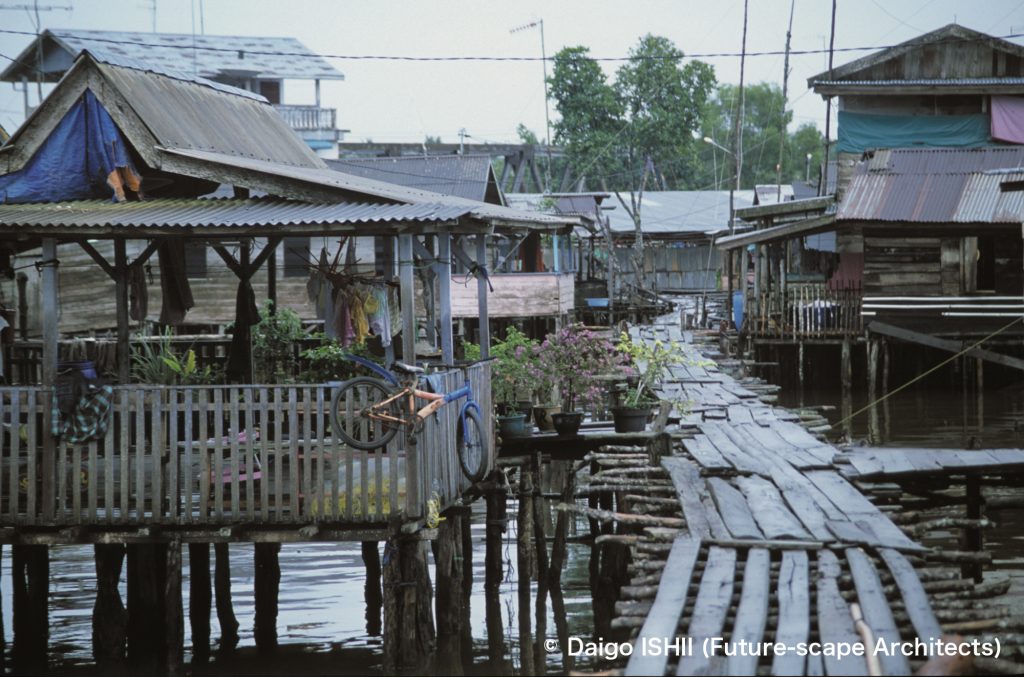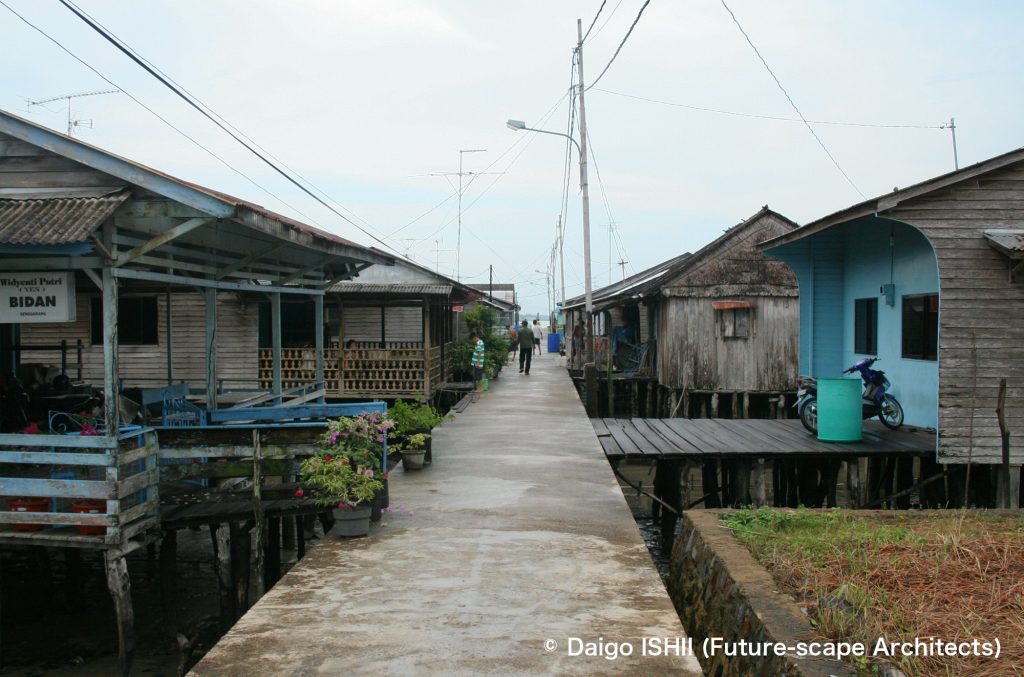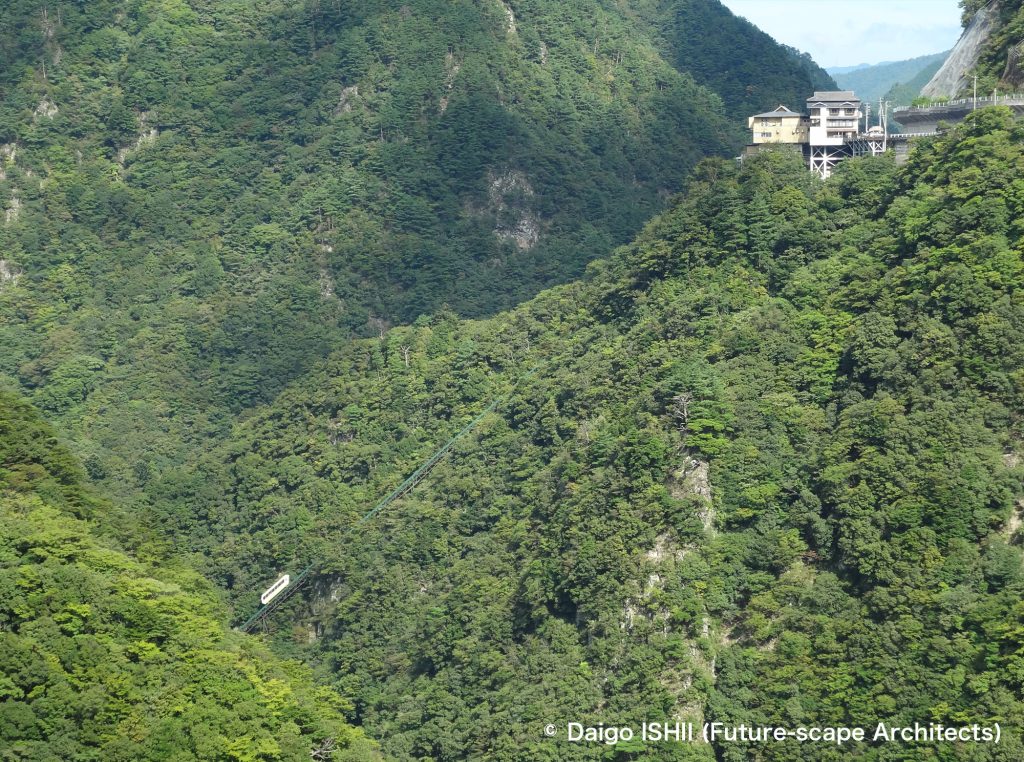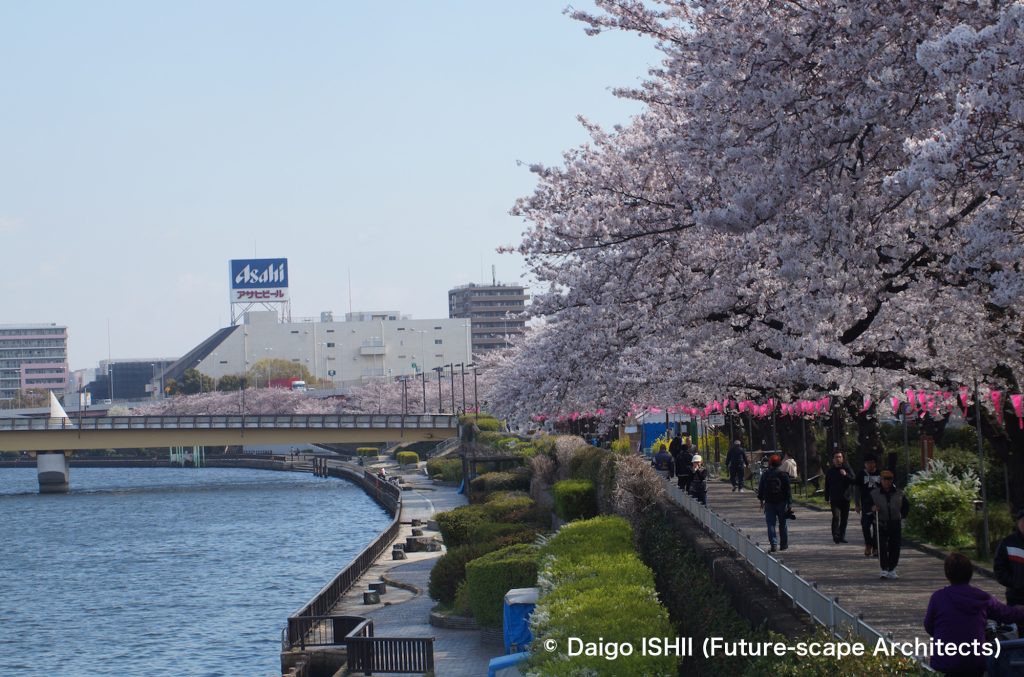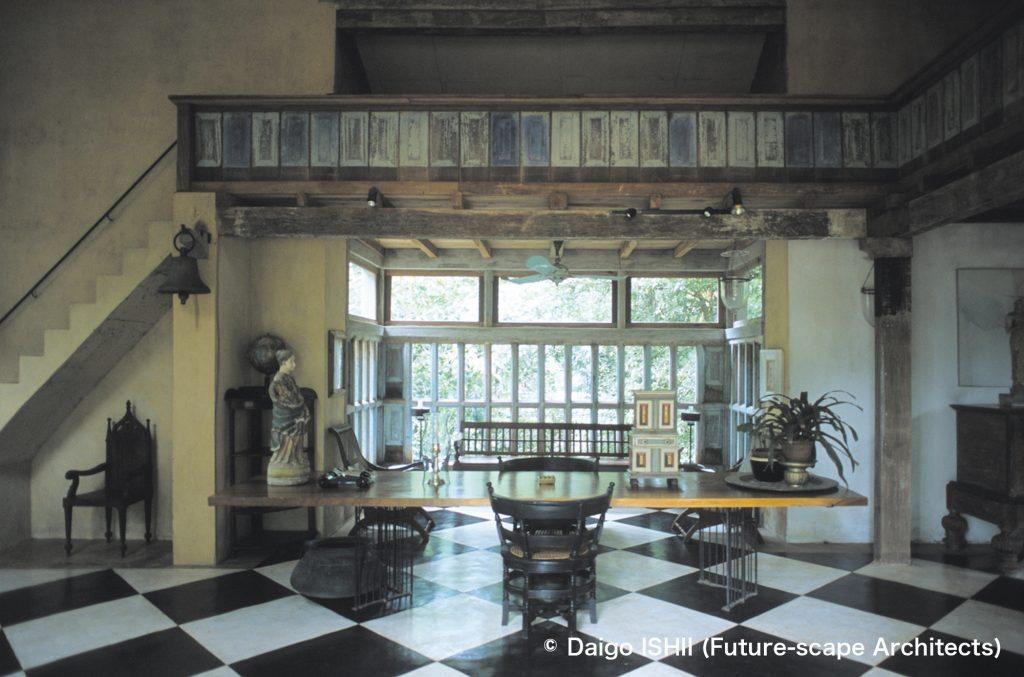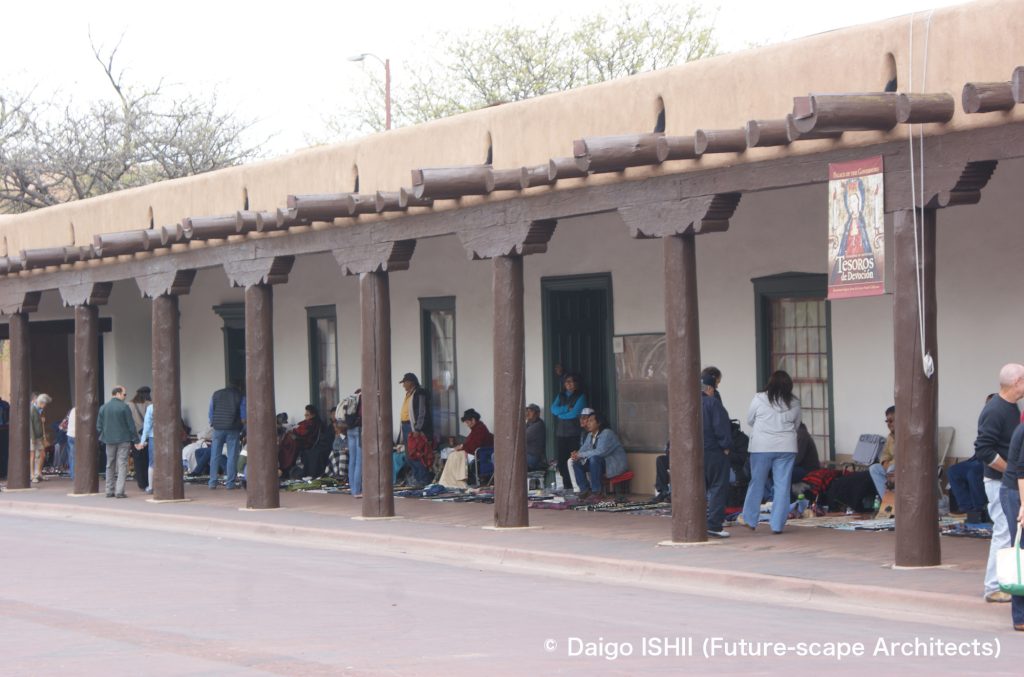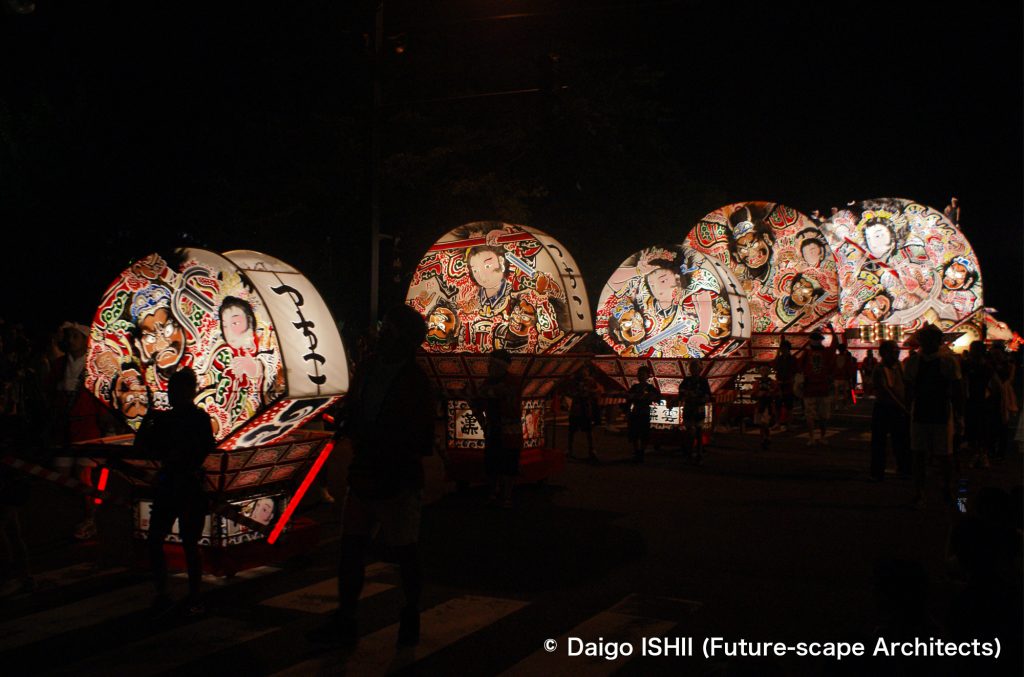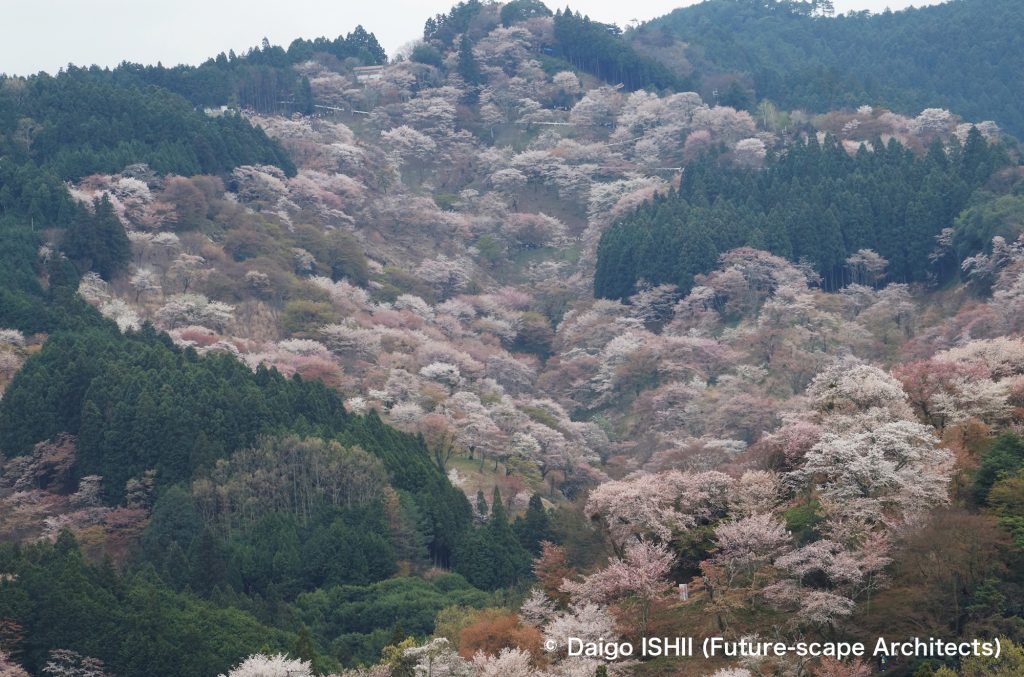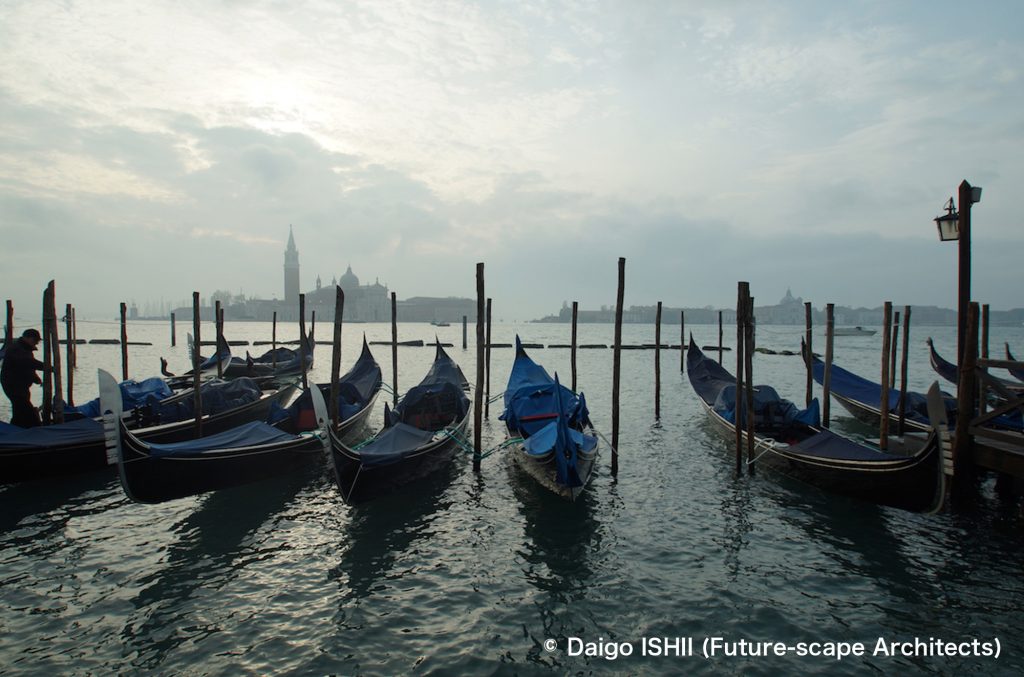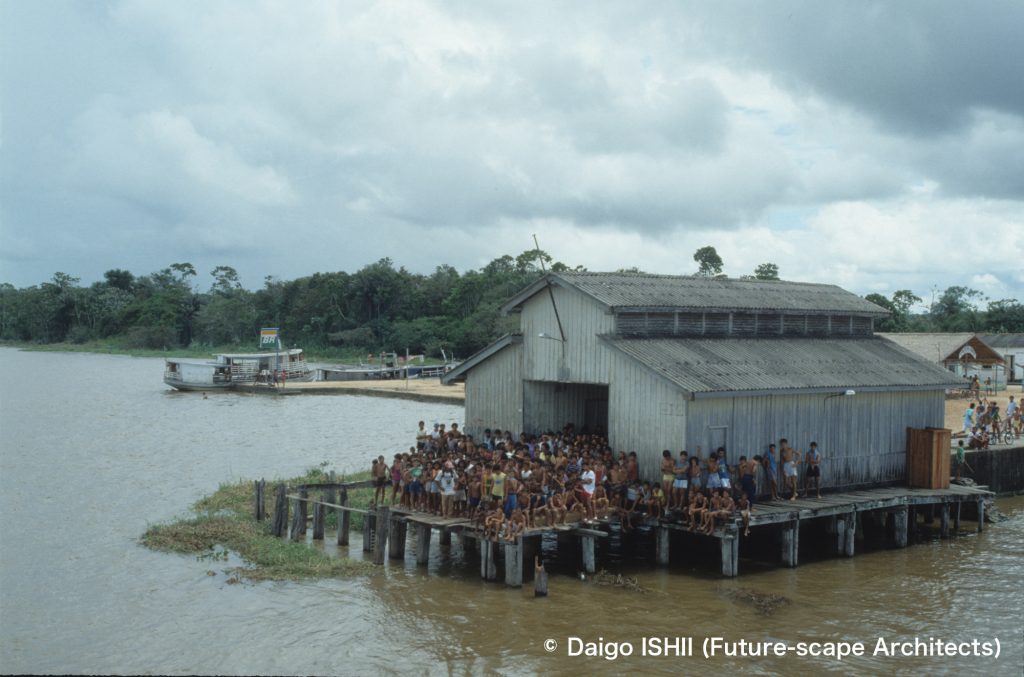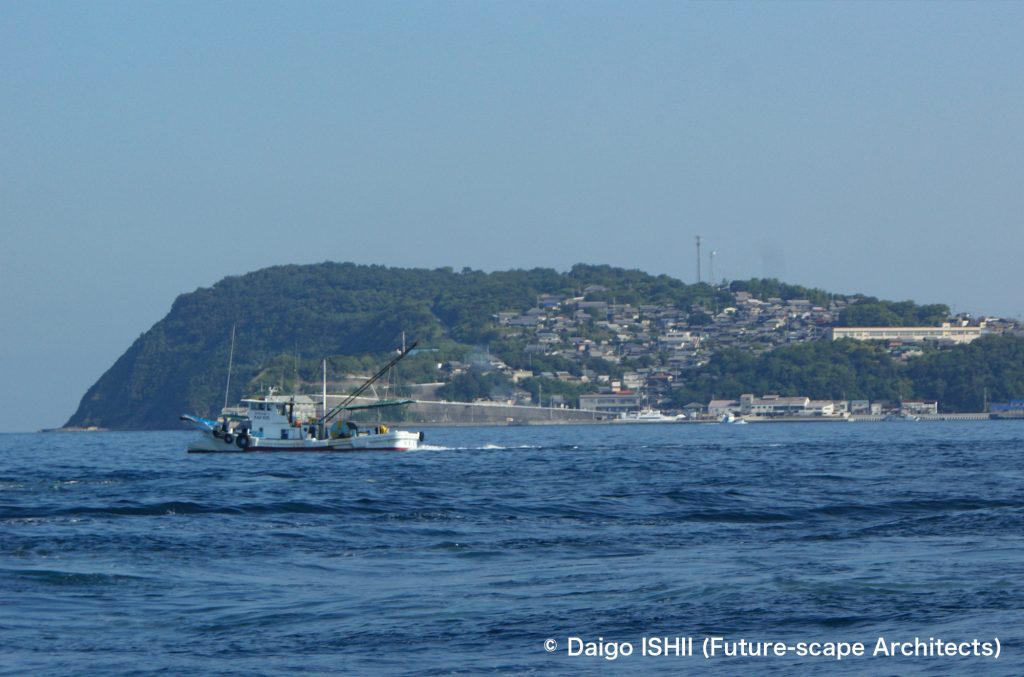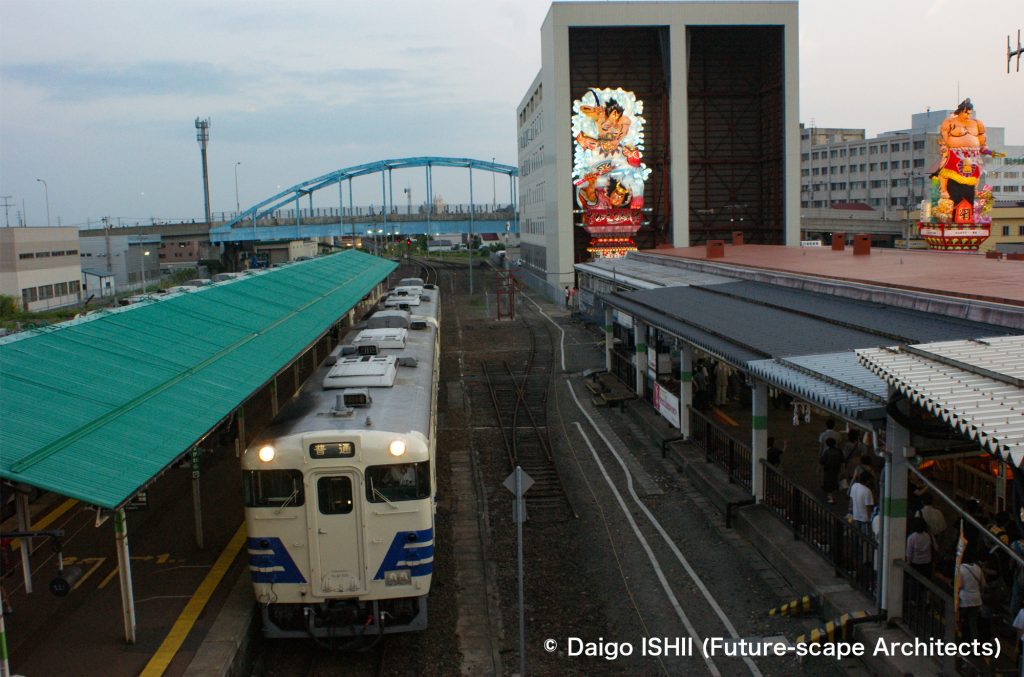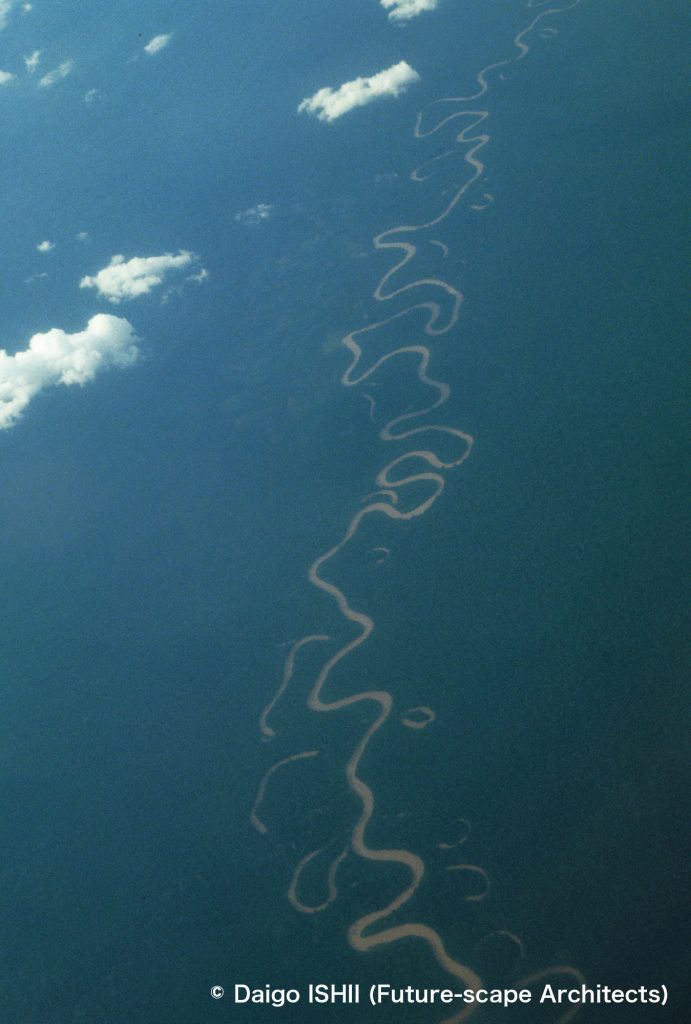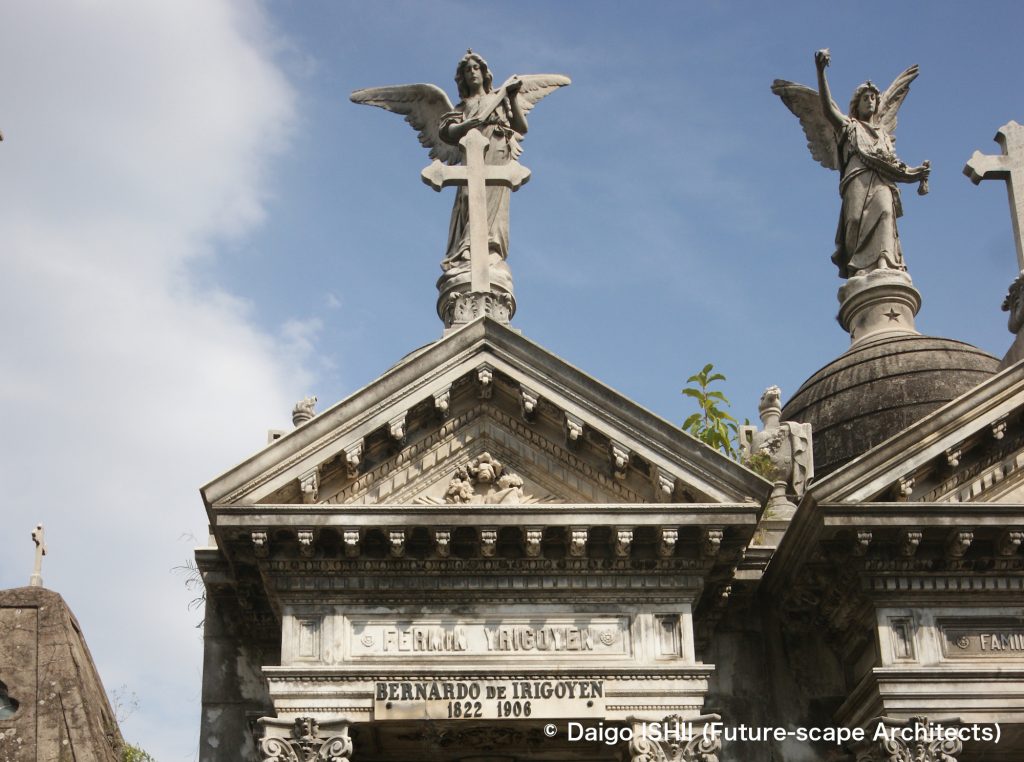After a 15-minute boat ride from Tanjung Pinang, the flat Penyengat Island covered with green came into view. It was a Malay floating village, or more precisely, a village that consists of the parts on the water and on land.
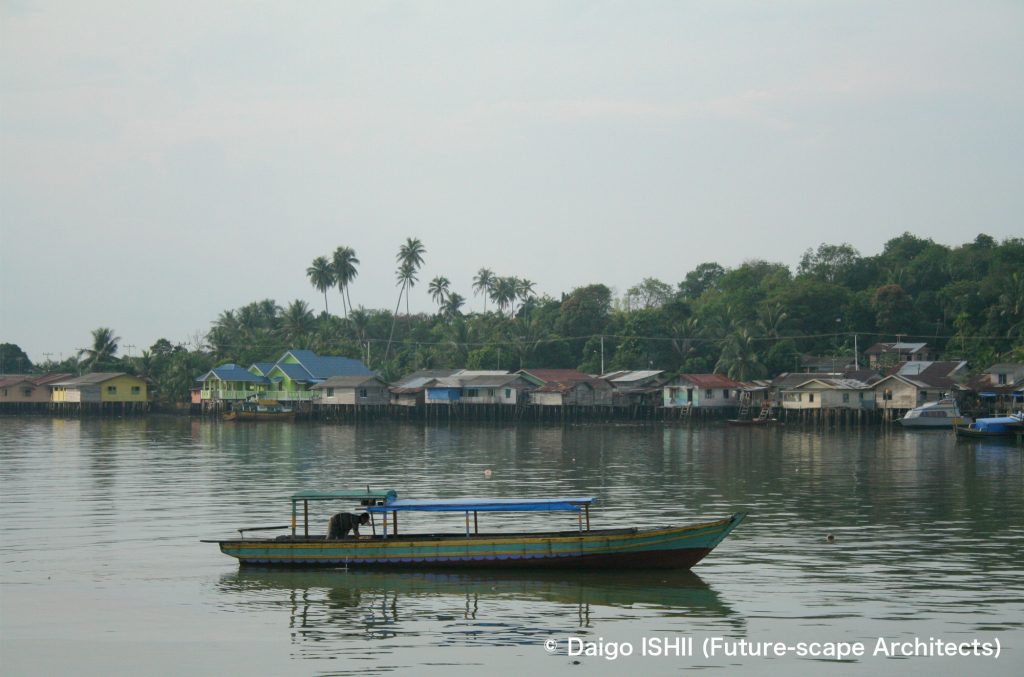
Compared with Tanjung Pinang, this small island with a population of 2,200 people may seem insignificant. However, the royal family of Johor, who were forced to leave the Malay Peninsula due to Portuguese invasion, established their capital here in the early 16th century. When Singapore was a fishing village, this place became a trade center from Thailand to Indonesia. In the late 18th century, it became a stronghold of the resistance movement against the Dutch. In 1819, Raffles acquired Singapore from the Prince of Penyengat Island. Looking at the difference in prosperity between Singapore and Tanjung Pinang today, its history seems like a dream.
The island had been the center of Malay culture, with a printing press that published various books, including the first Malay grammar and dictionary based on the local Malay language. The glory of those days remained as palaces and mosques, which were under renovation.
However, the charm of this island was not so much in its historical aspects but in its everyday life.
The character of Penyengat Island was that it composed of not only a floating part on the water but also a large part on land. The disposition of the village on the water was parallel to the shoreline, so its impression was gentle, compared to Kawal where the pier juts out into the sea. On the land part, interlocking roads were neatly arranged, and houses spread out among the trees with distance.
Perhaps the flatness of the island and its origin that the royal family was involved made the island a neat and laid-back place, unlike the average Indonesian community. The charm of Penyengat Island was its peaceful and comfortable atmosphere.
When I said hello, everyone smiled back and waved. Many houses were colorfully-painted and well-maintained as if to reflect the brightness of people. Such a village was very unlikely to exist in areas with heavy rainfall. I could not find little trash on the roads, and the pedicab rides unique to the island served as a fun little gimmick. The accumulation of small things changed the impression of a village considerably. Since I came from rain-stained Downtown Tanjung Pinang, Penyengat Island might look brighter.
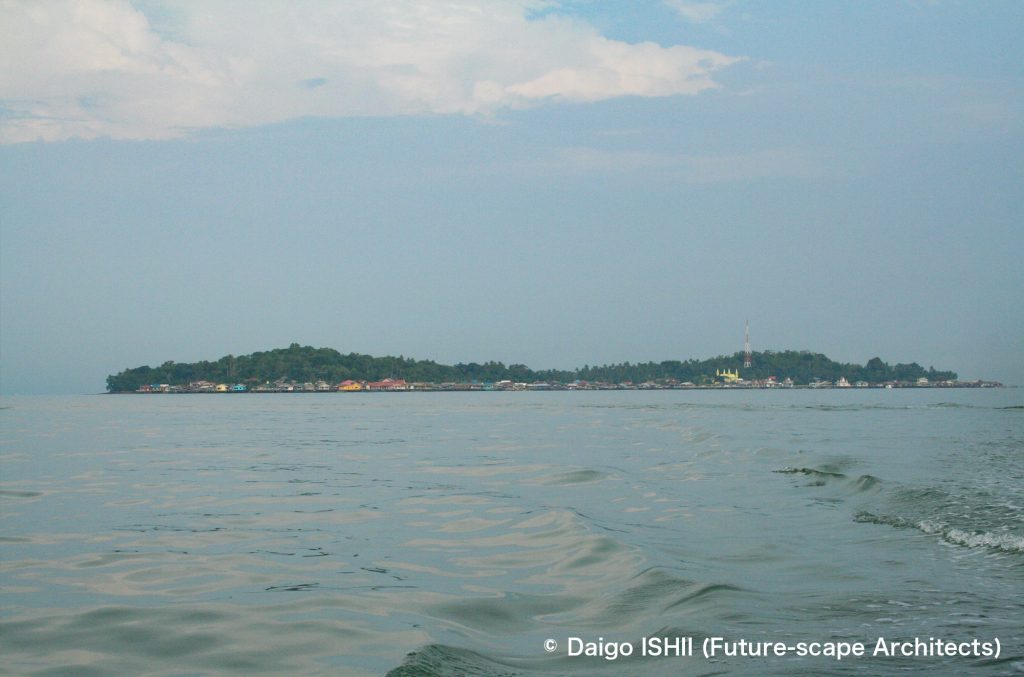
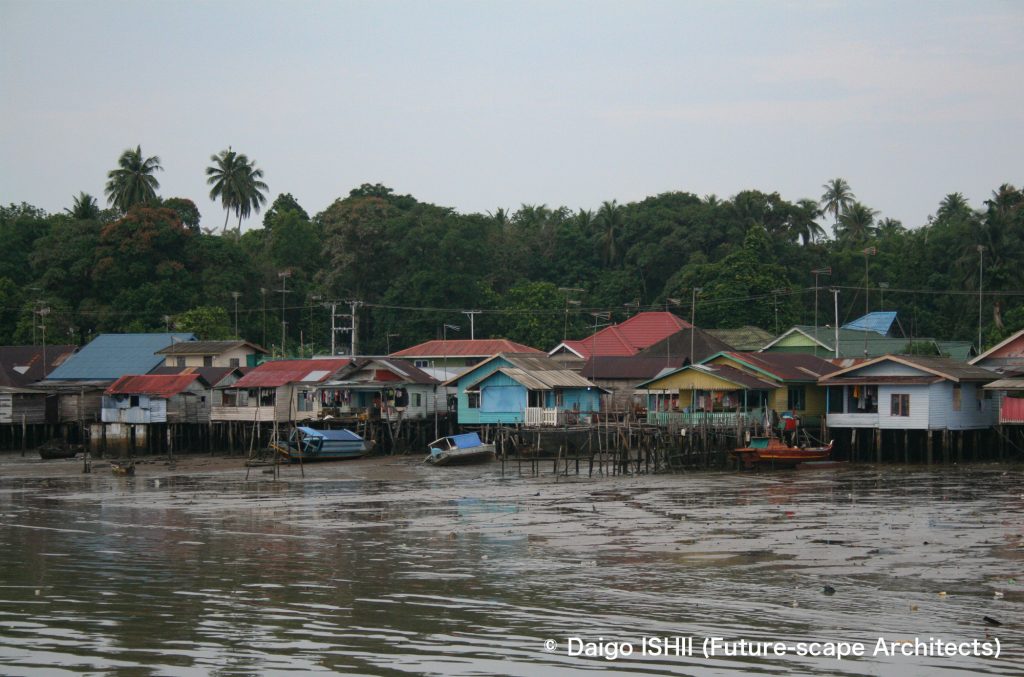
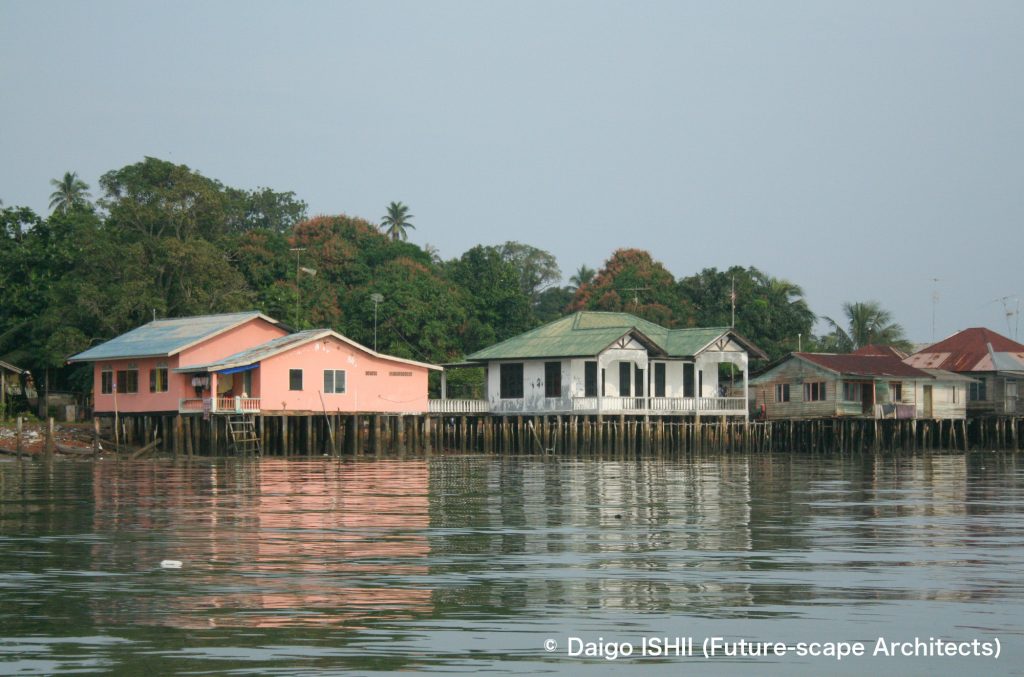
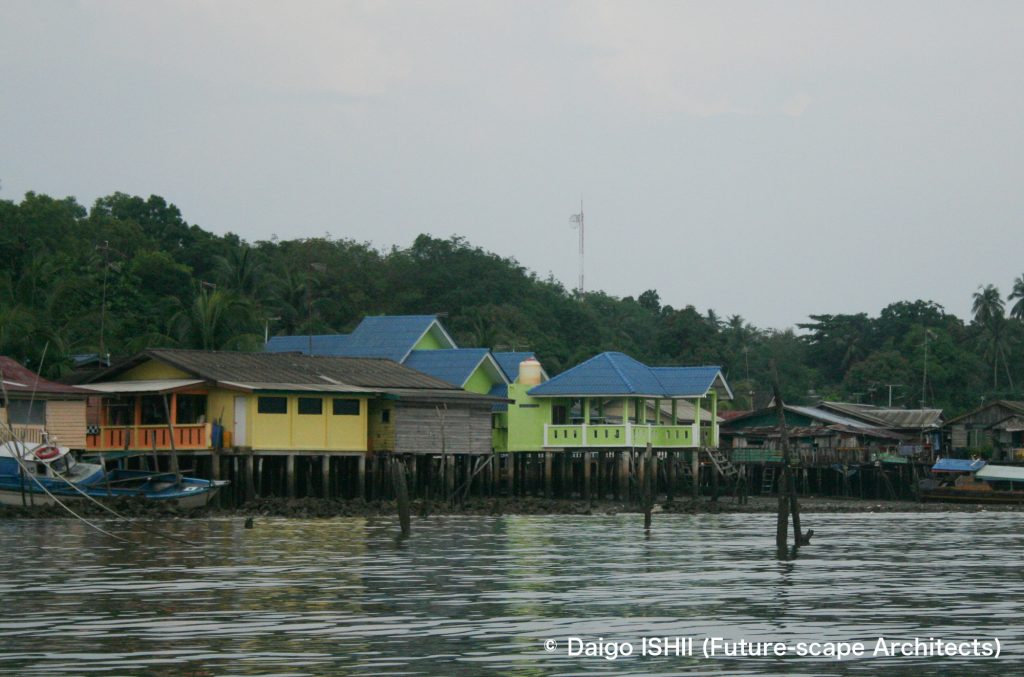
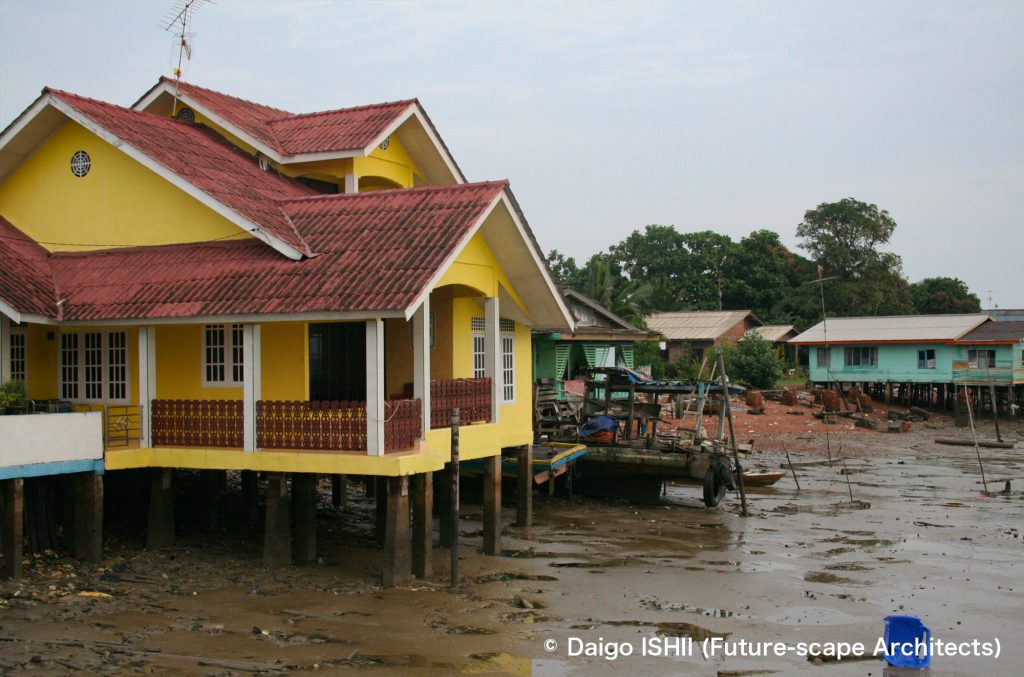
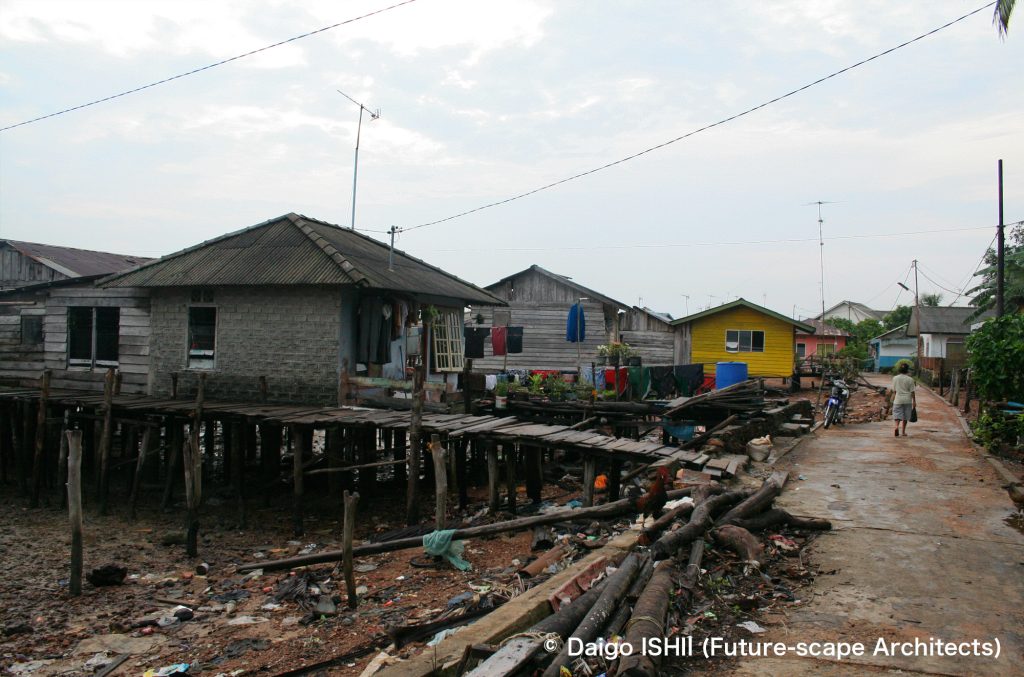
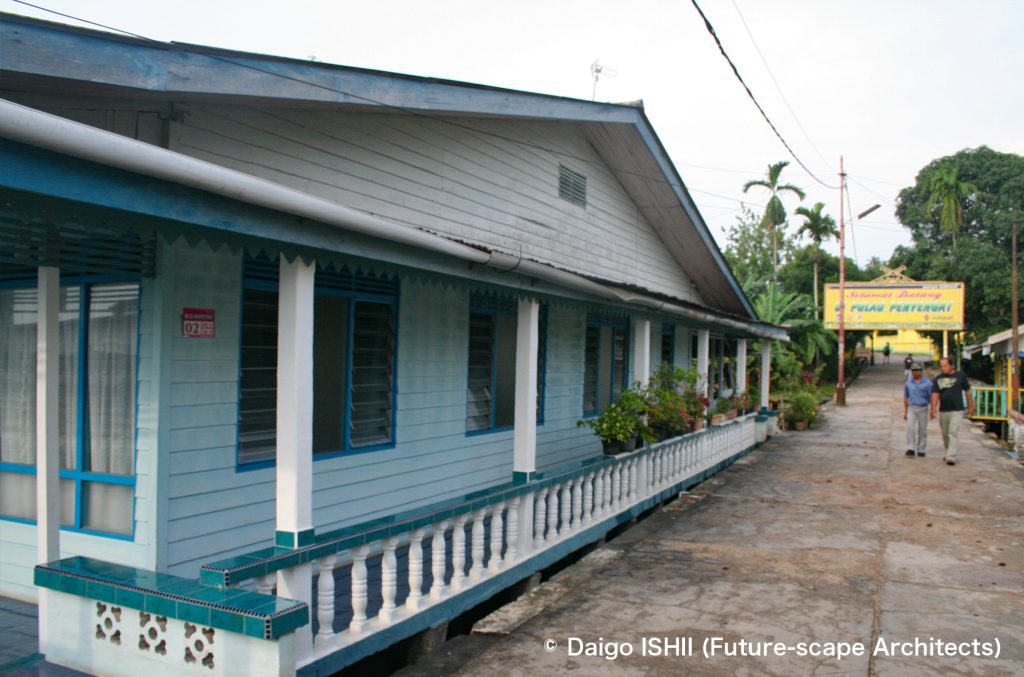
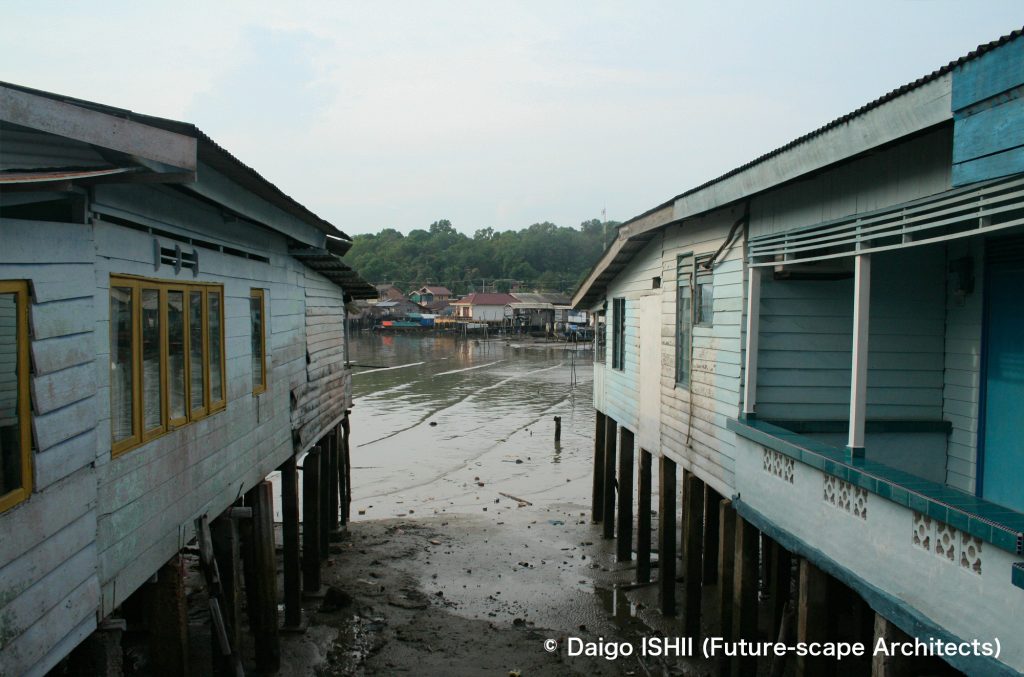
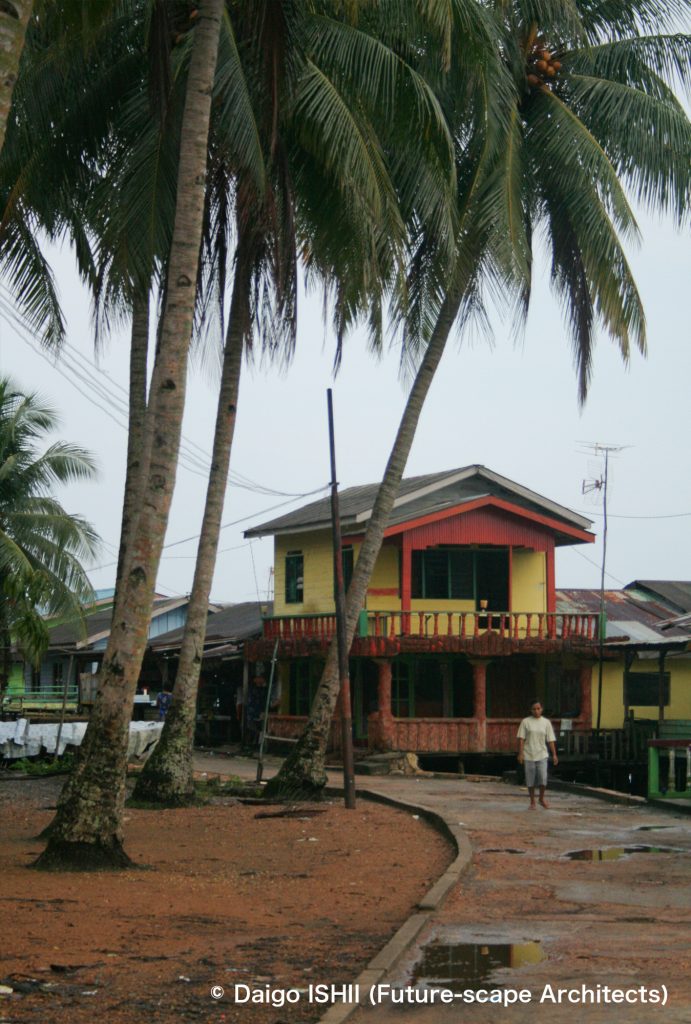
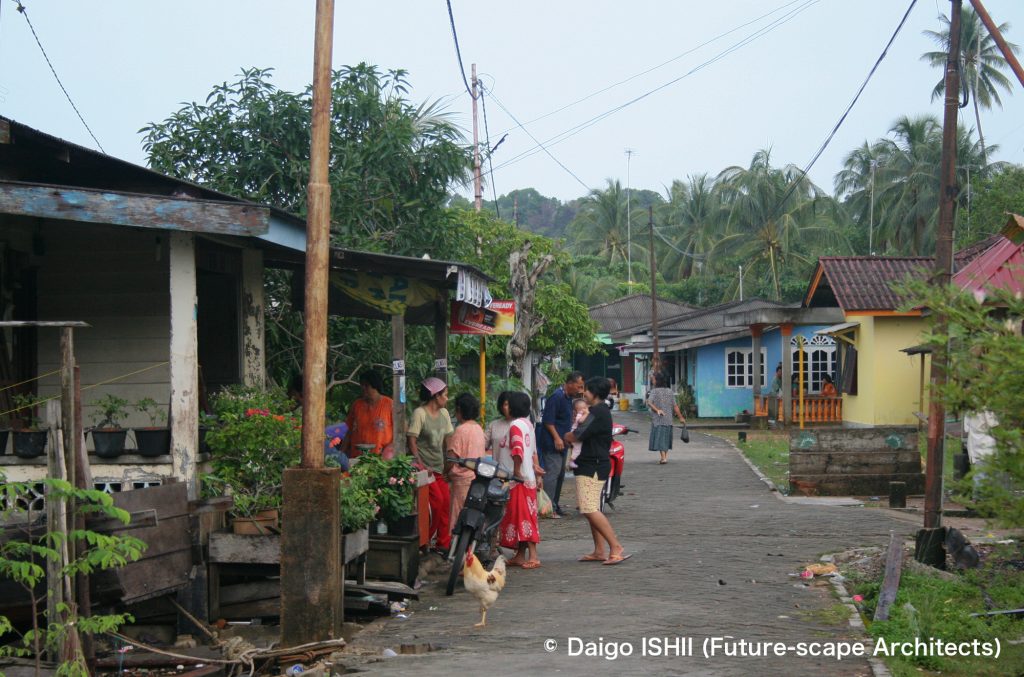
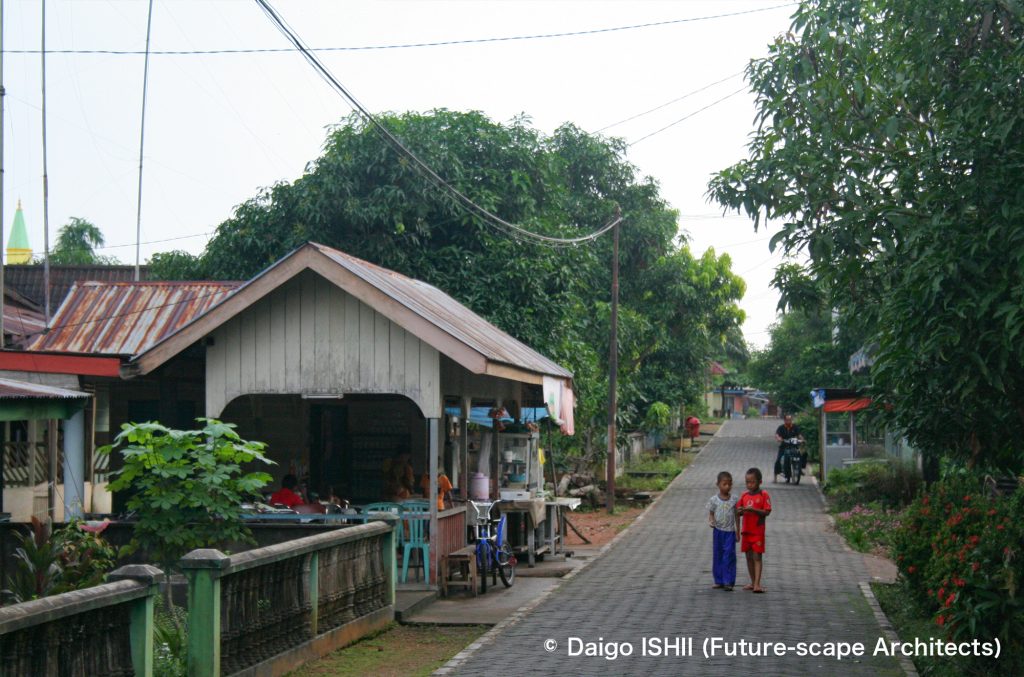
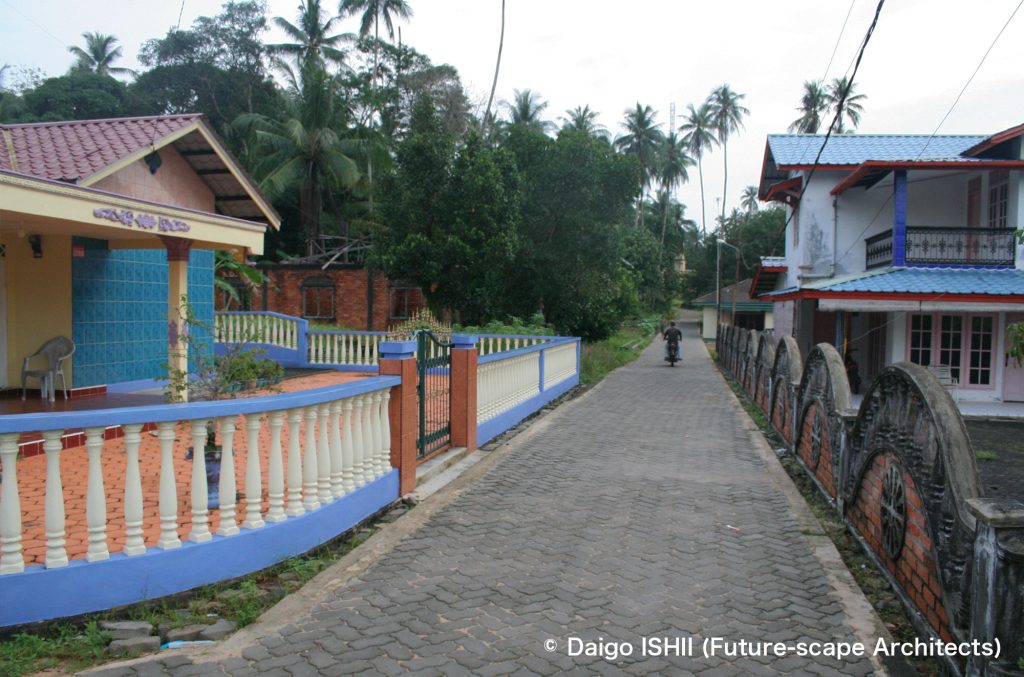
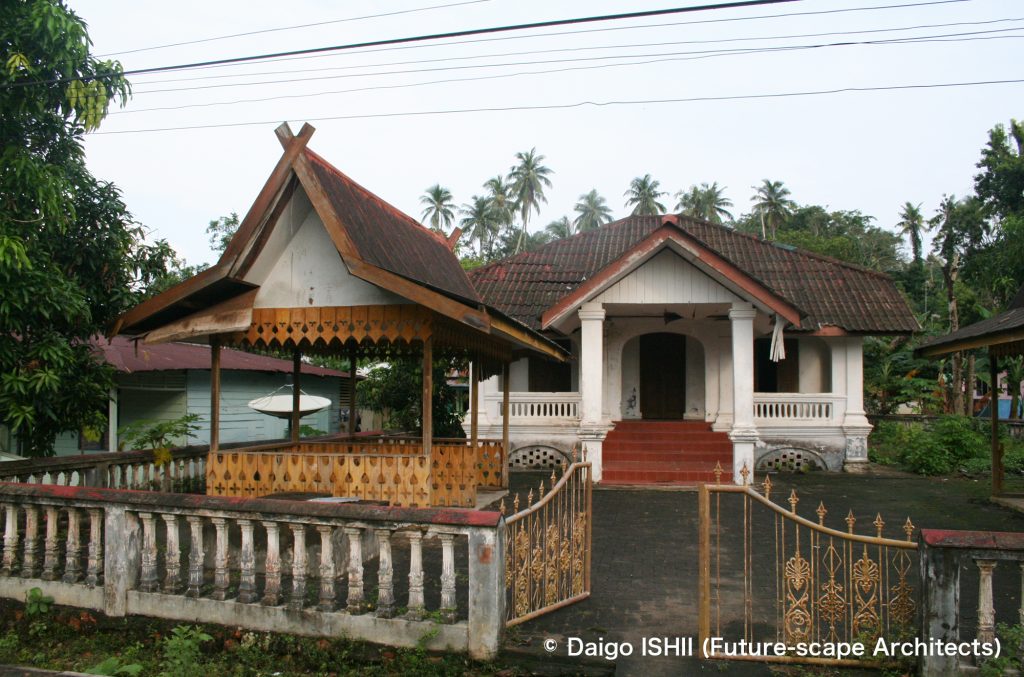
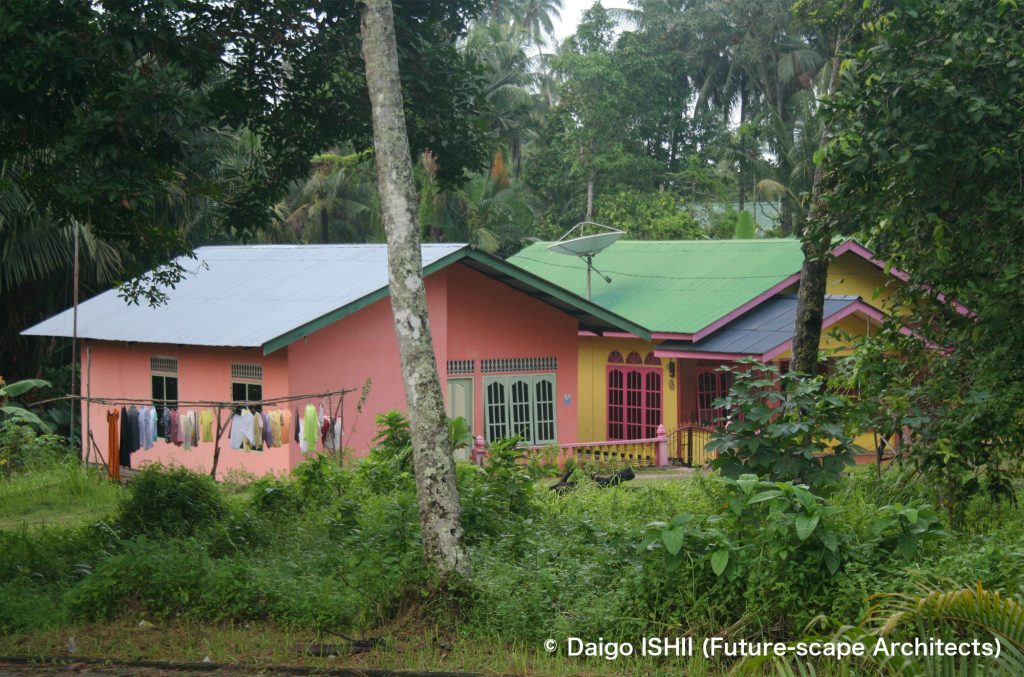
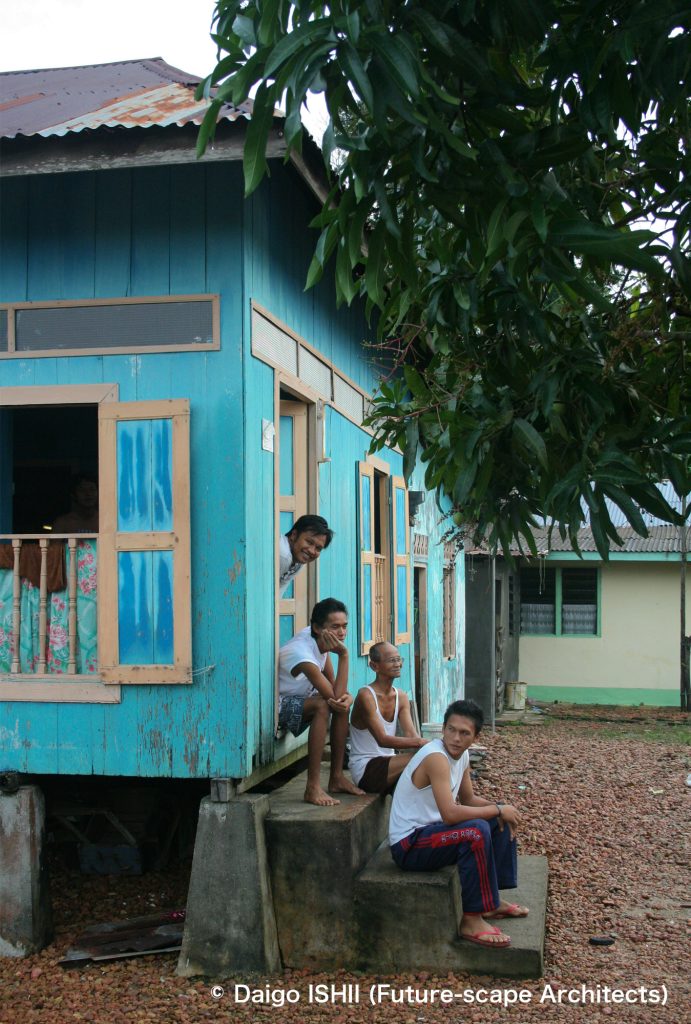
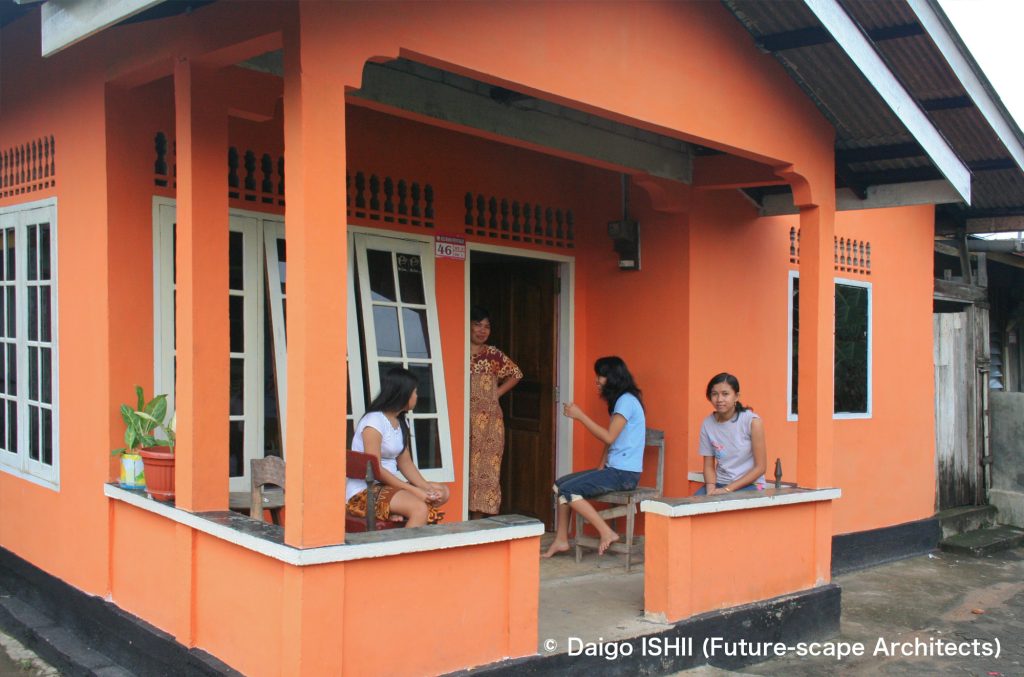
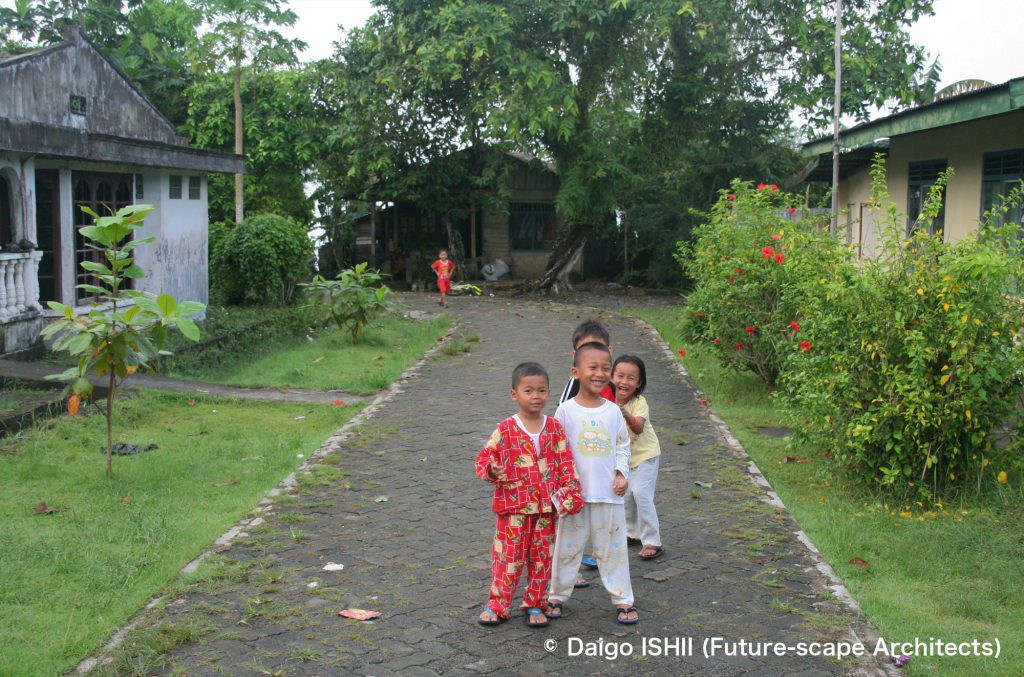
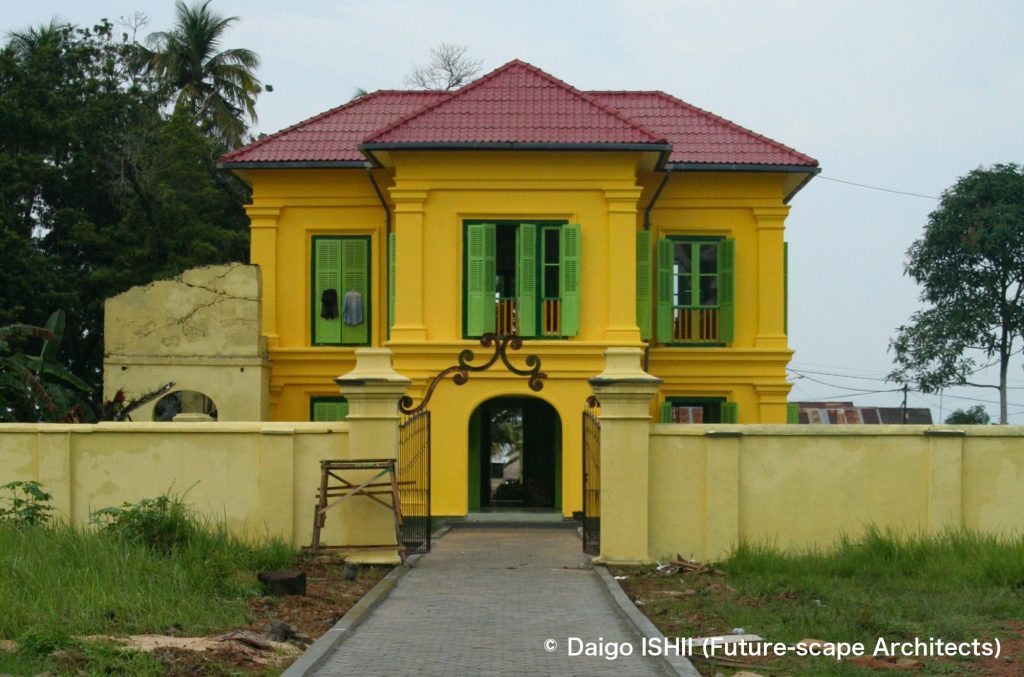
https://maps.app.goo.gl/b8nmgvHyJ8gae1Lf6
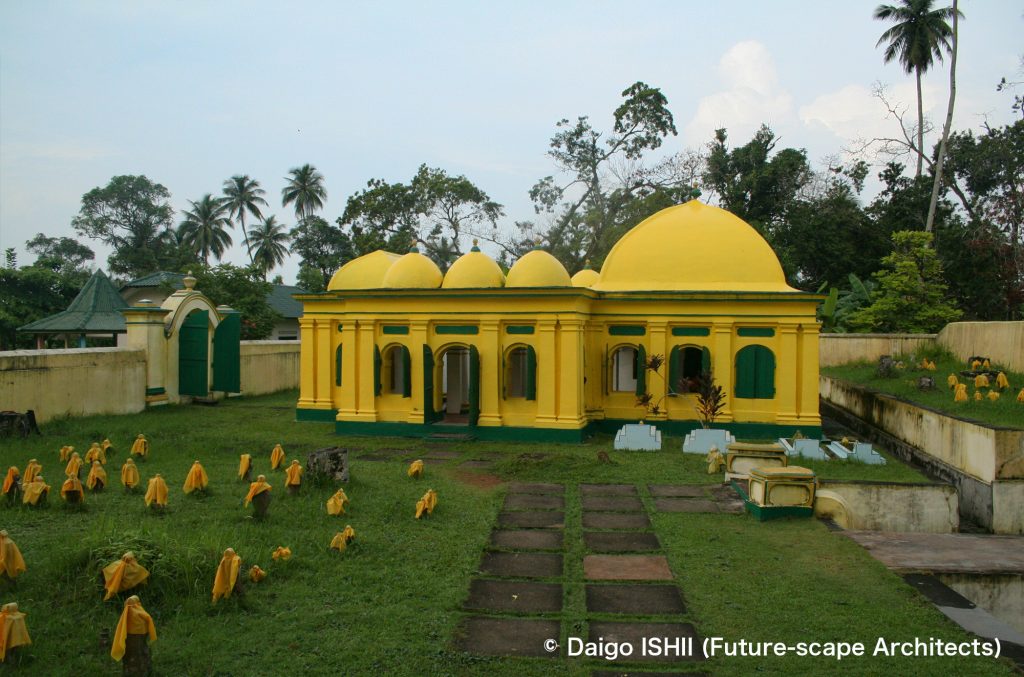
https://maps.app.goo.gl/bFi5sawR8FhLVvHk8
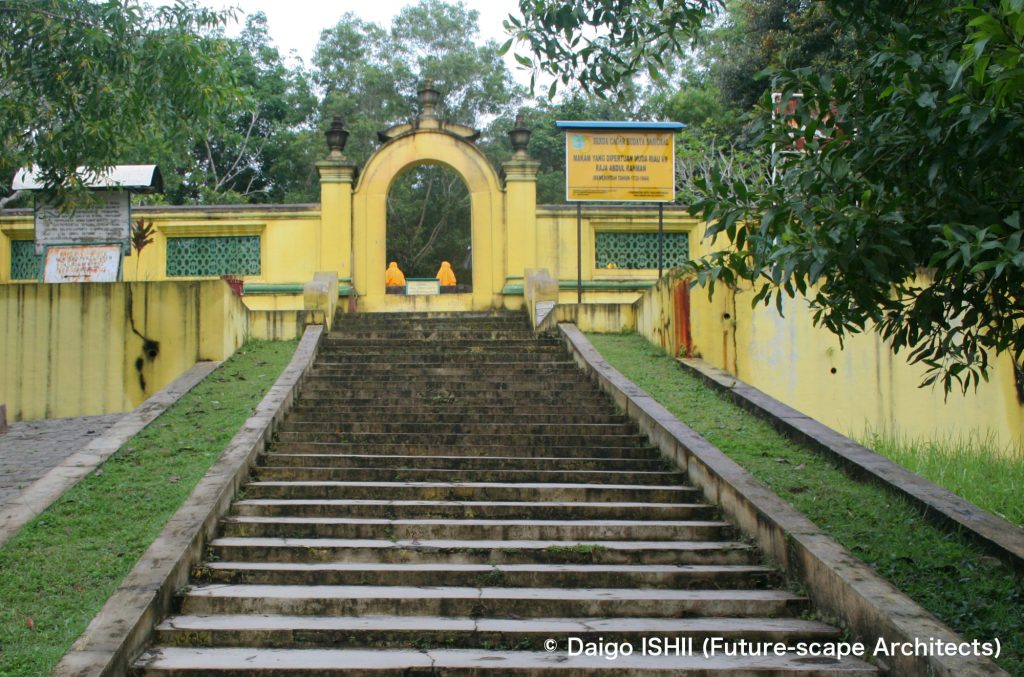
https://maps.app.goo.gl/iNk3j9XeLm4TEttf7
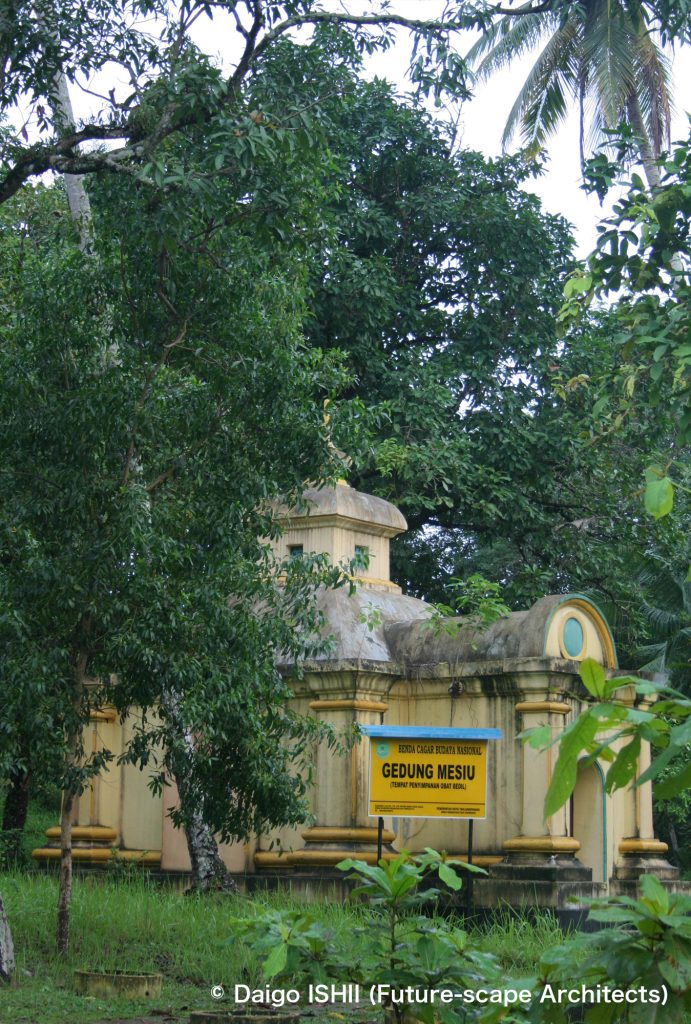
https://maps.app.goo.gl/fet2EbL3uA32JiBv6
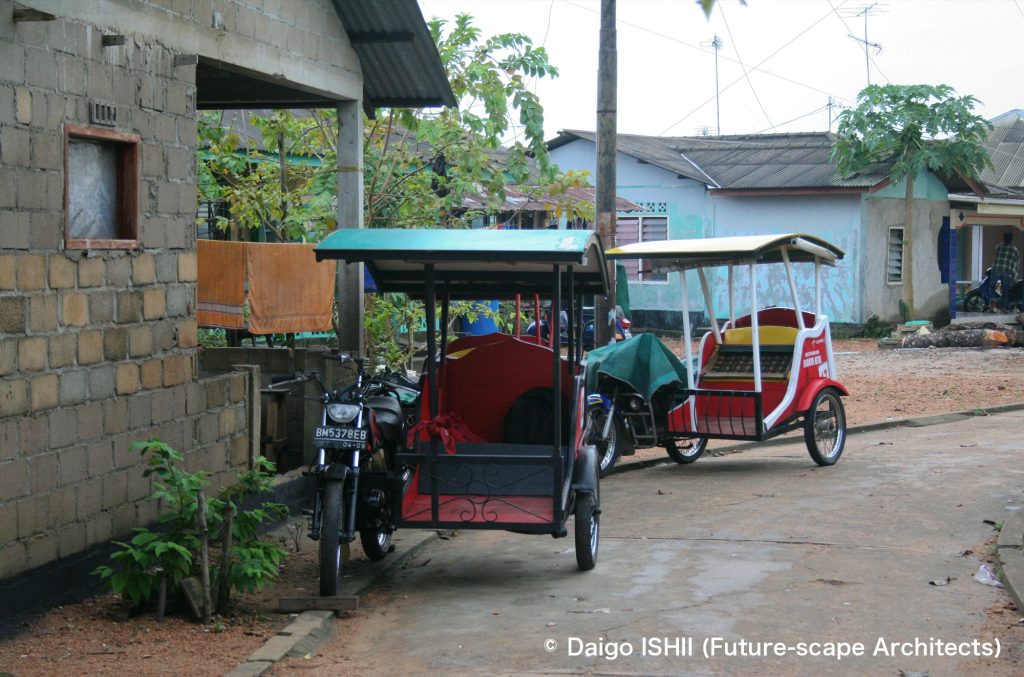
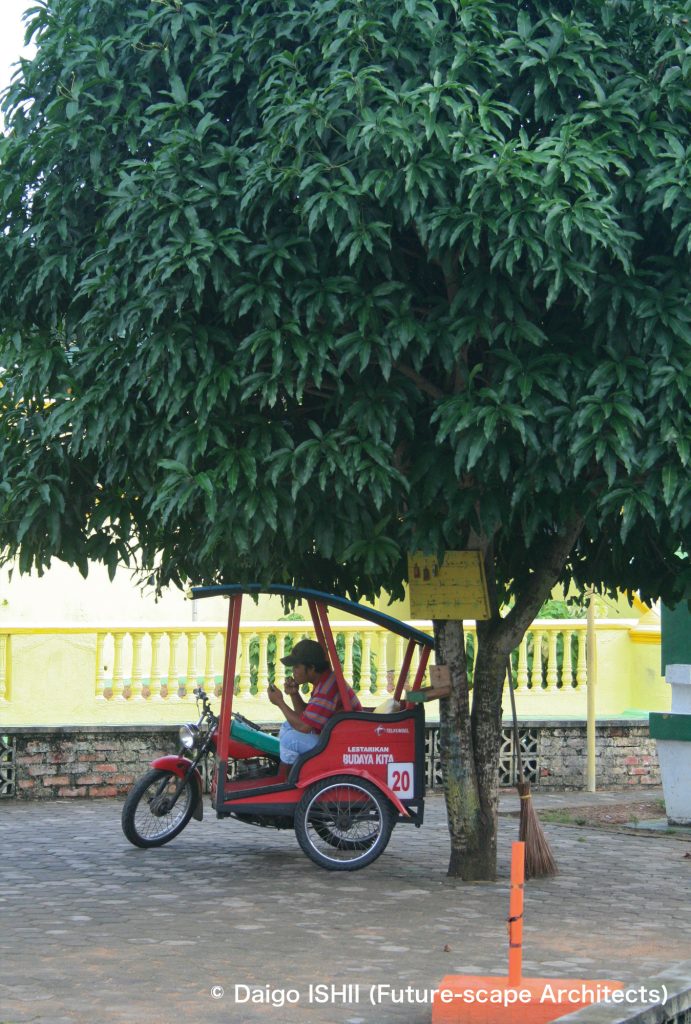
Click here for your impressions
reference
Wikipedia
Please do not use or upload our photos without permission.




